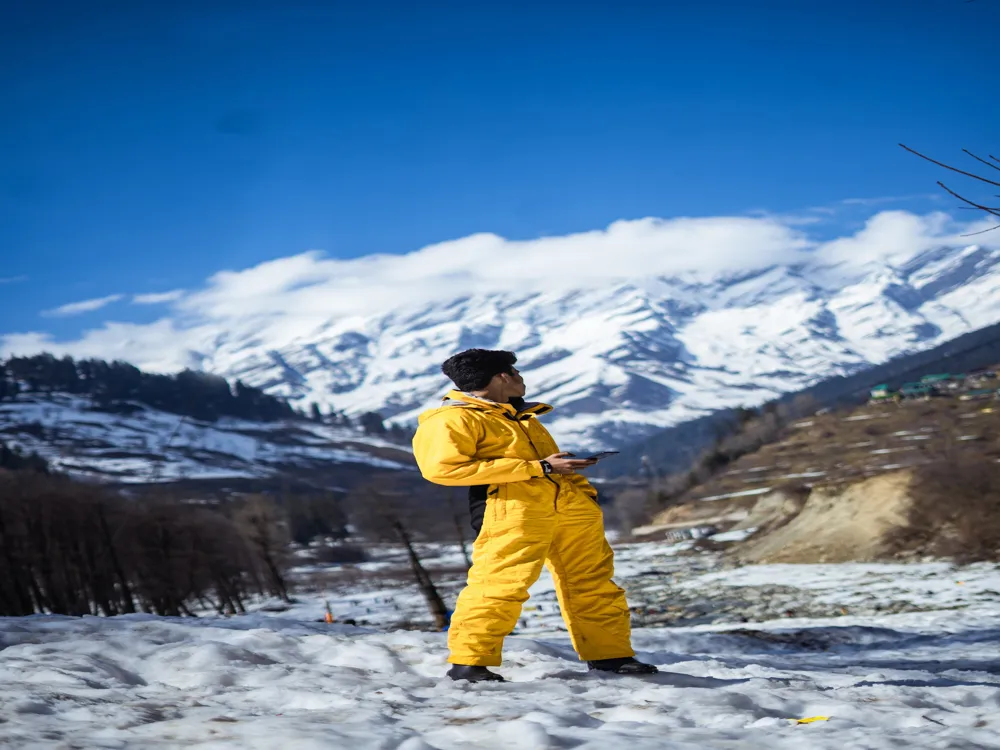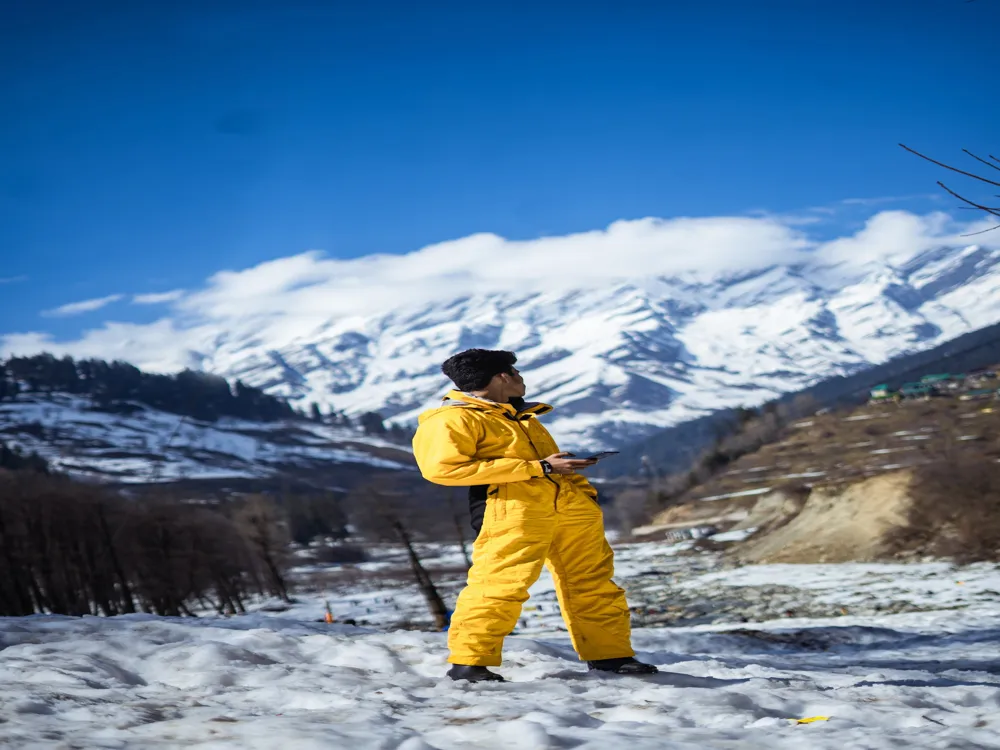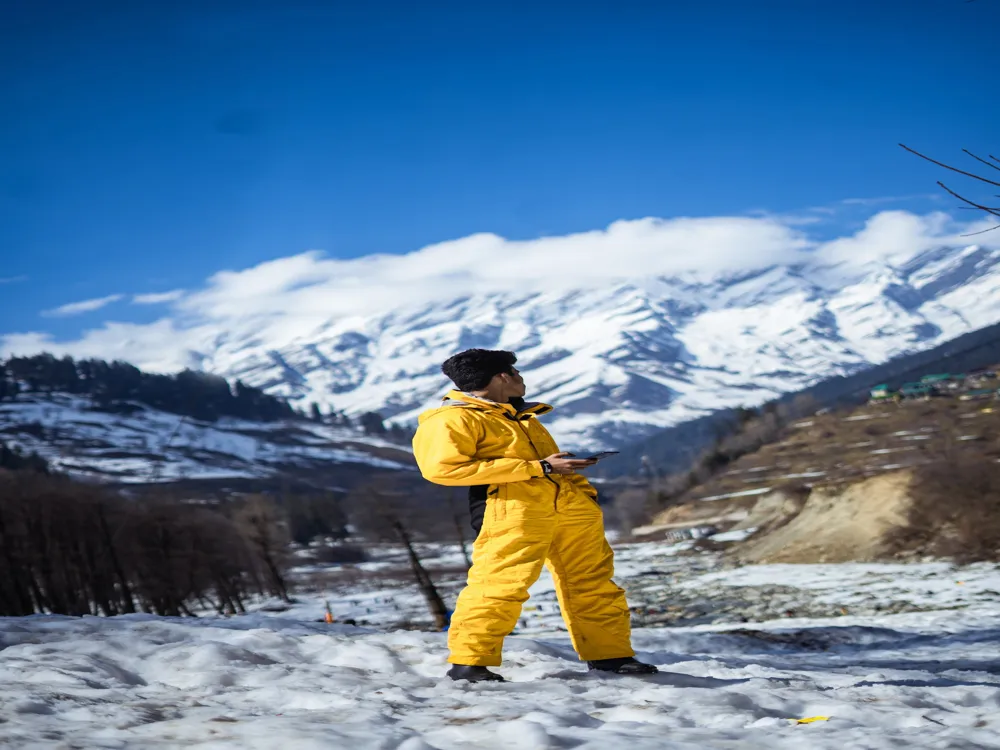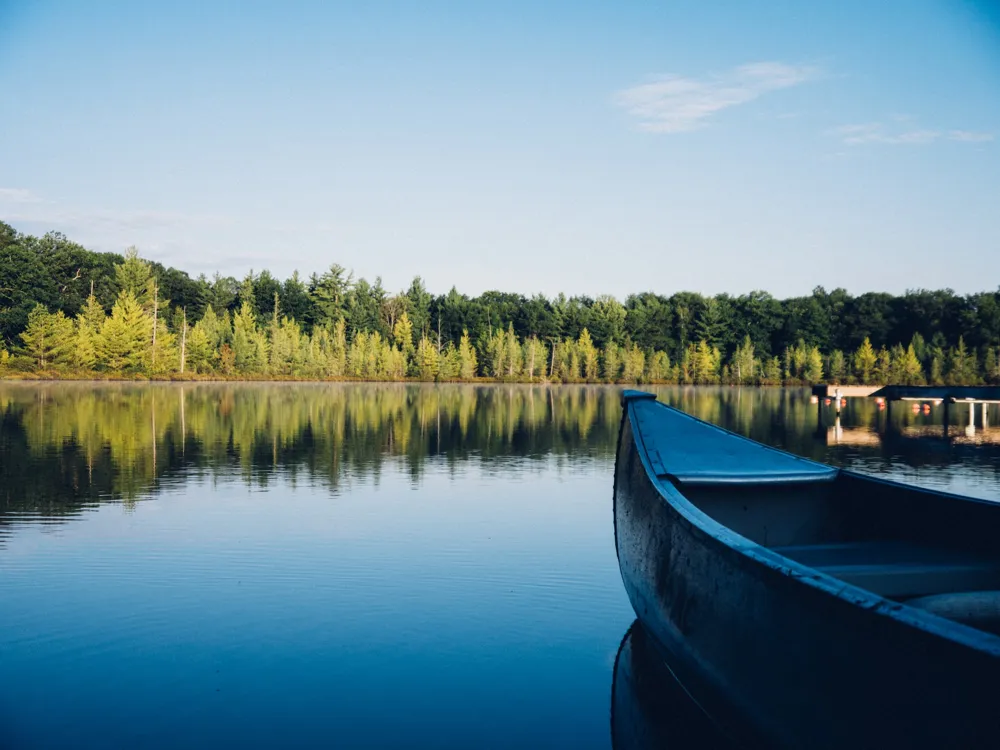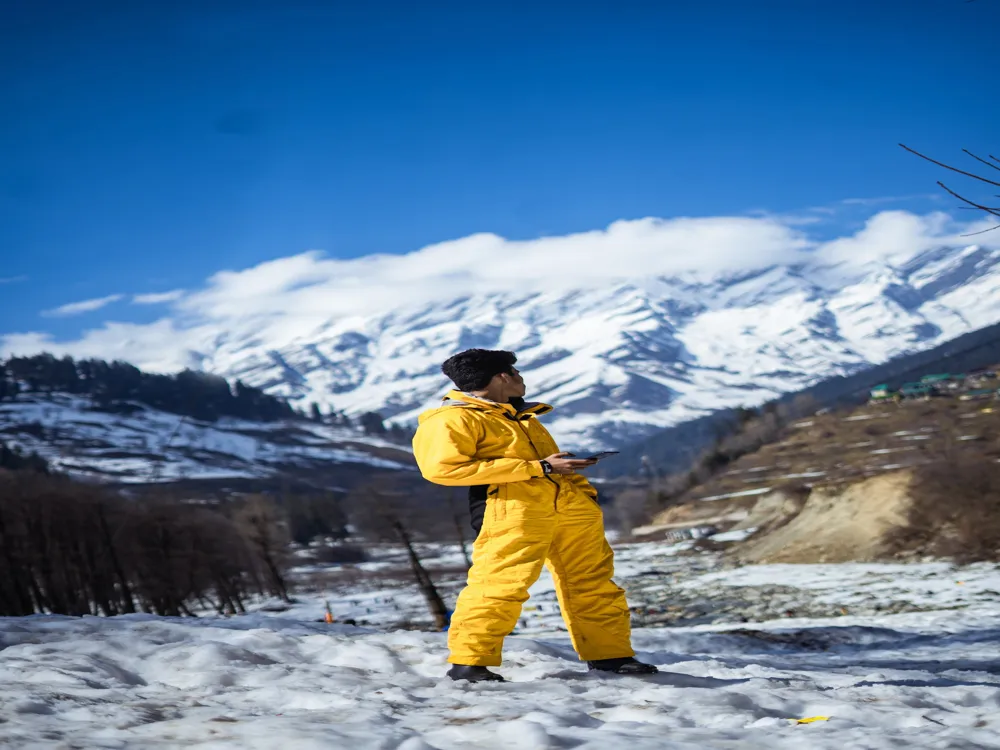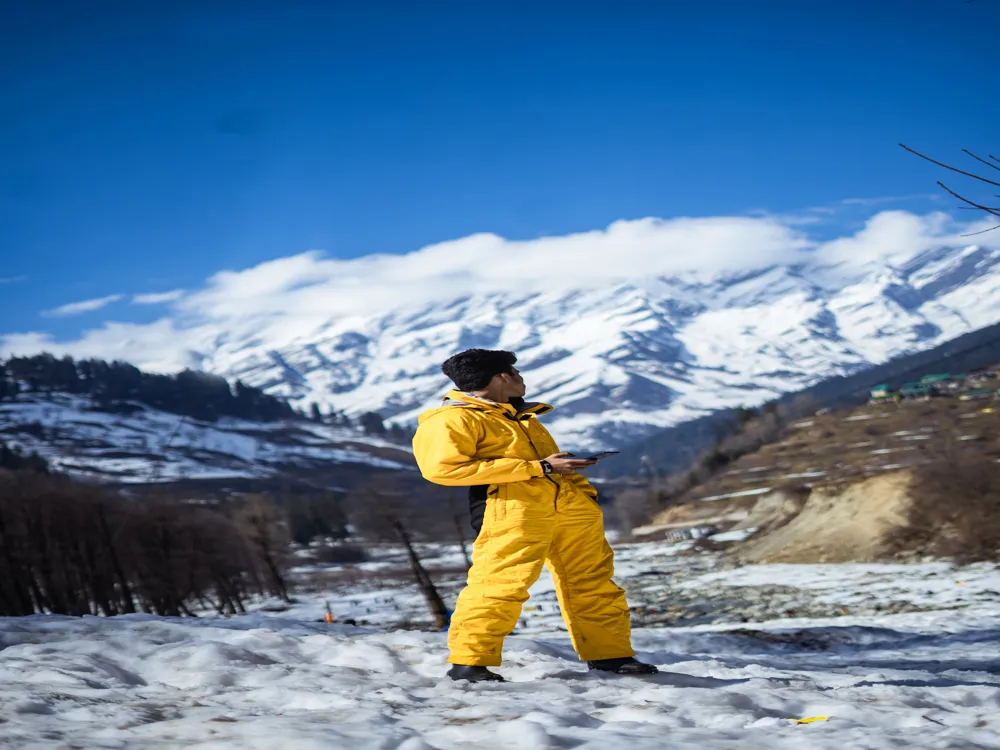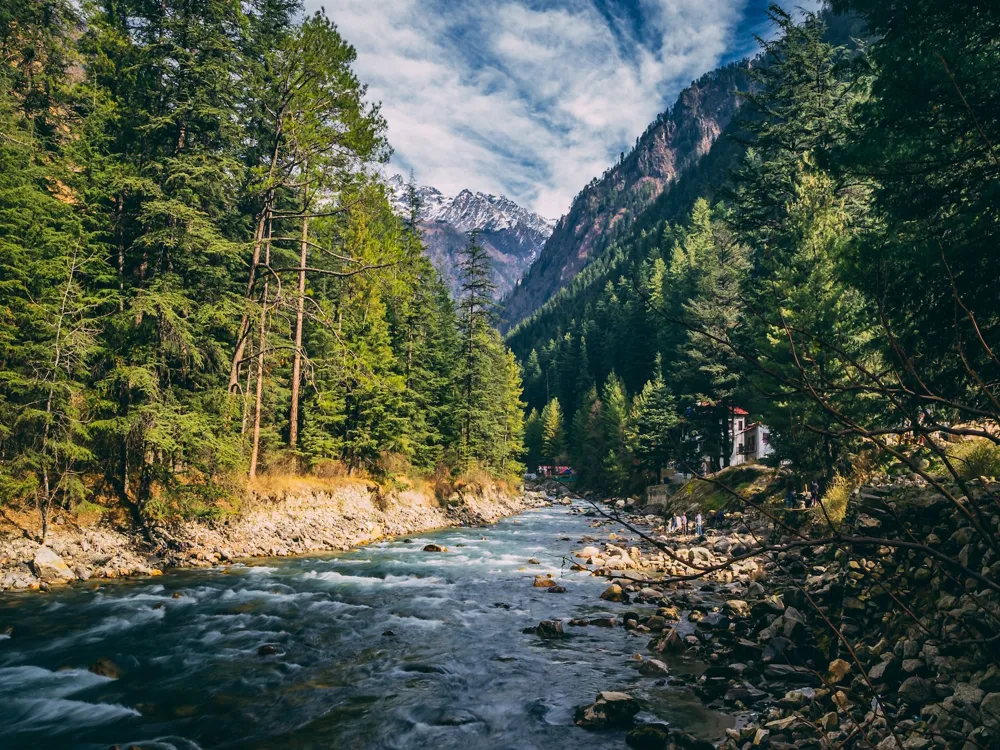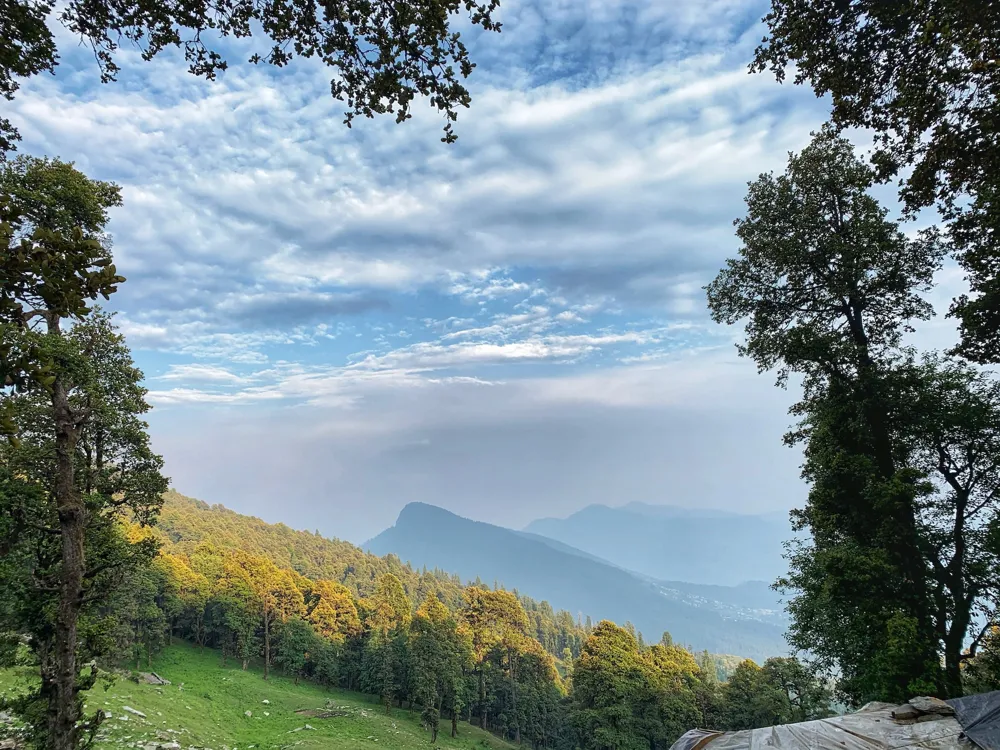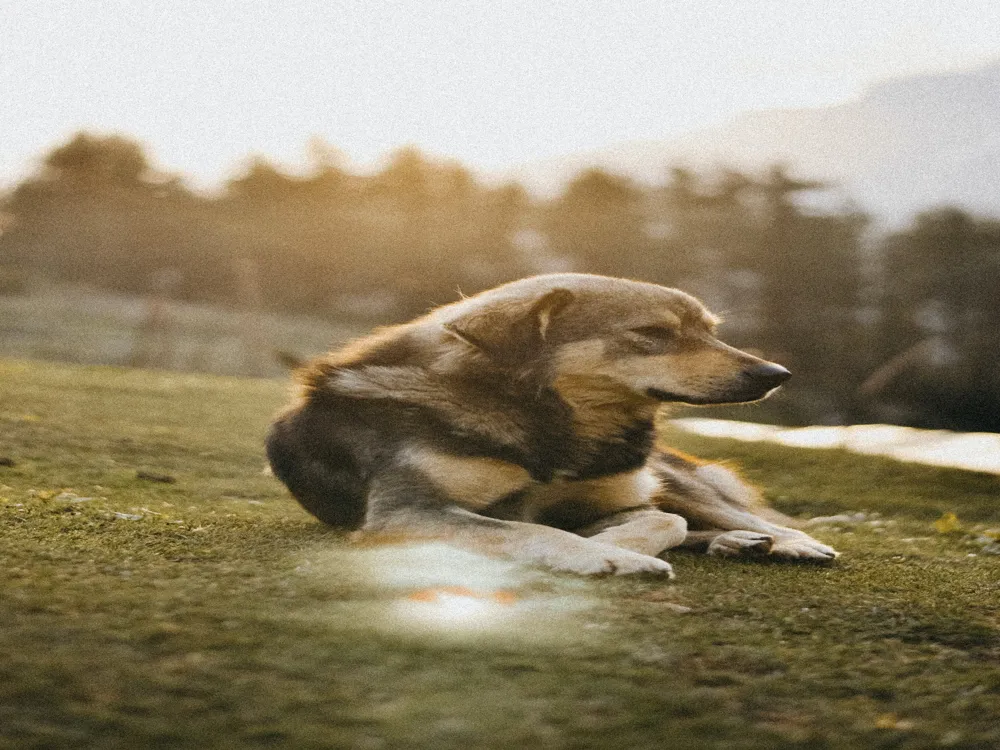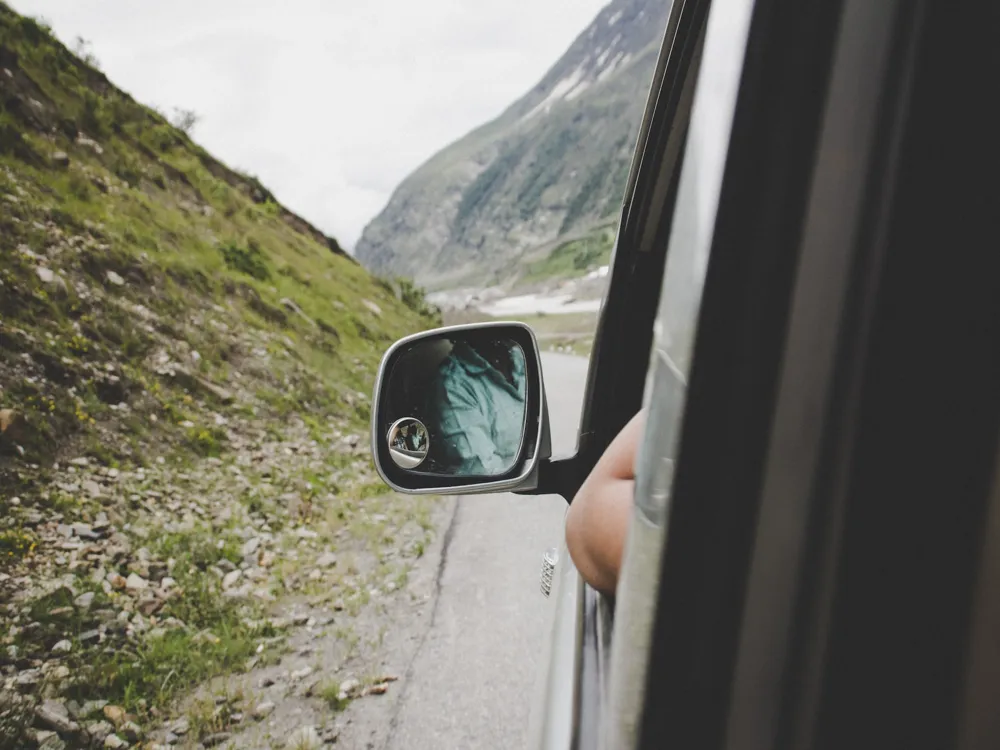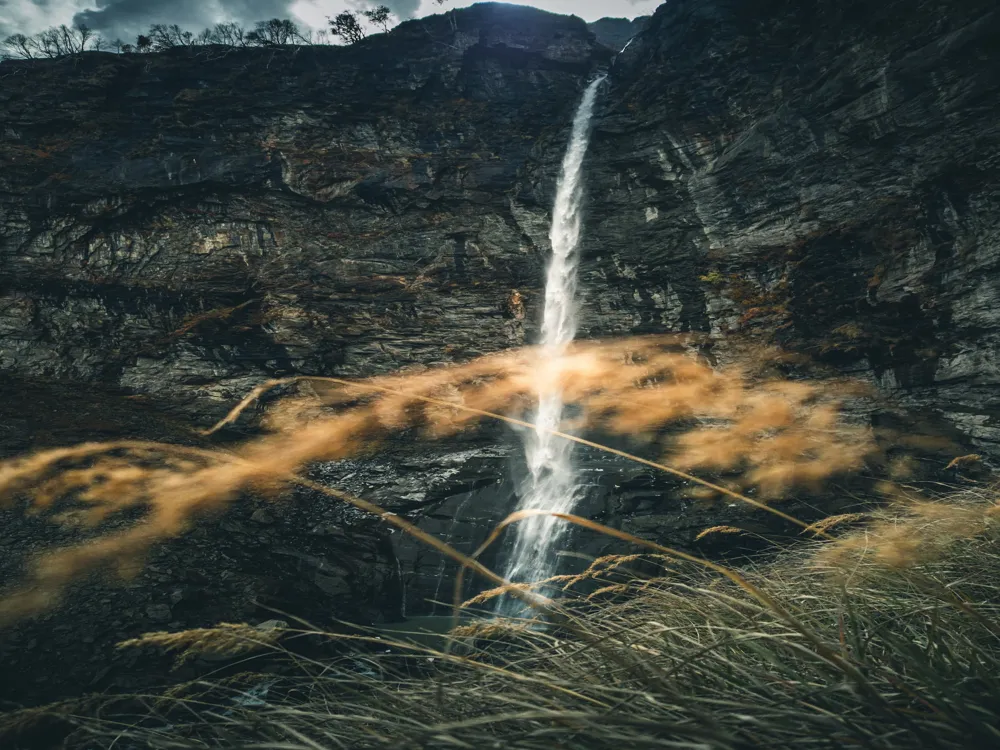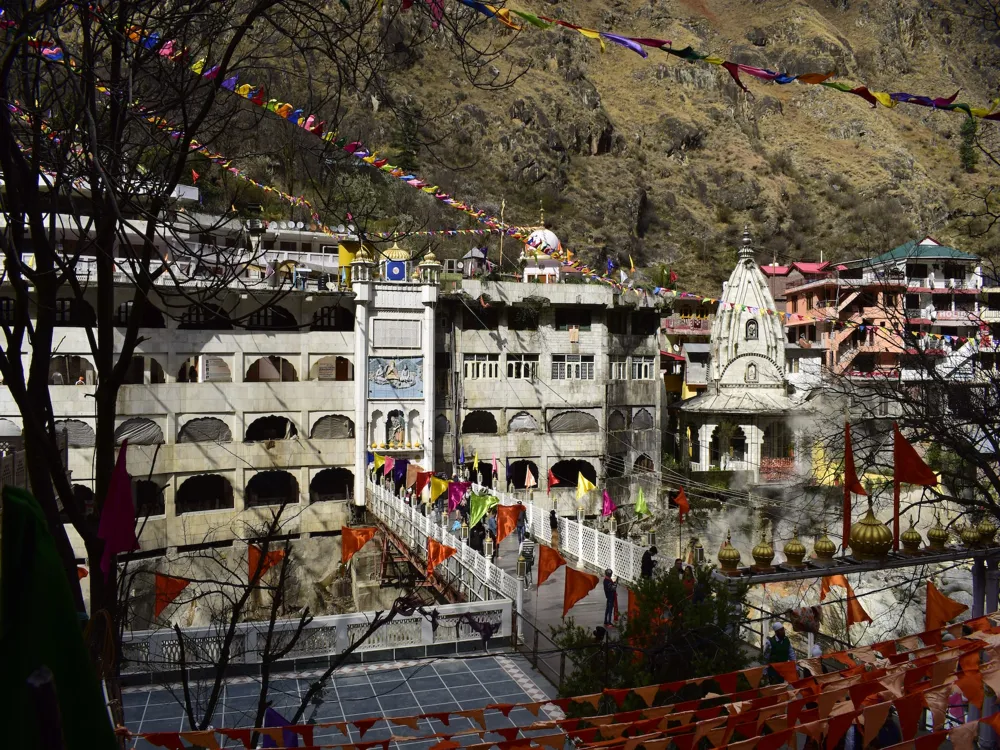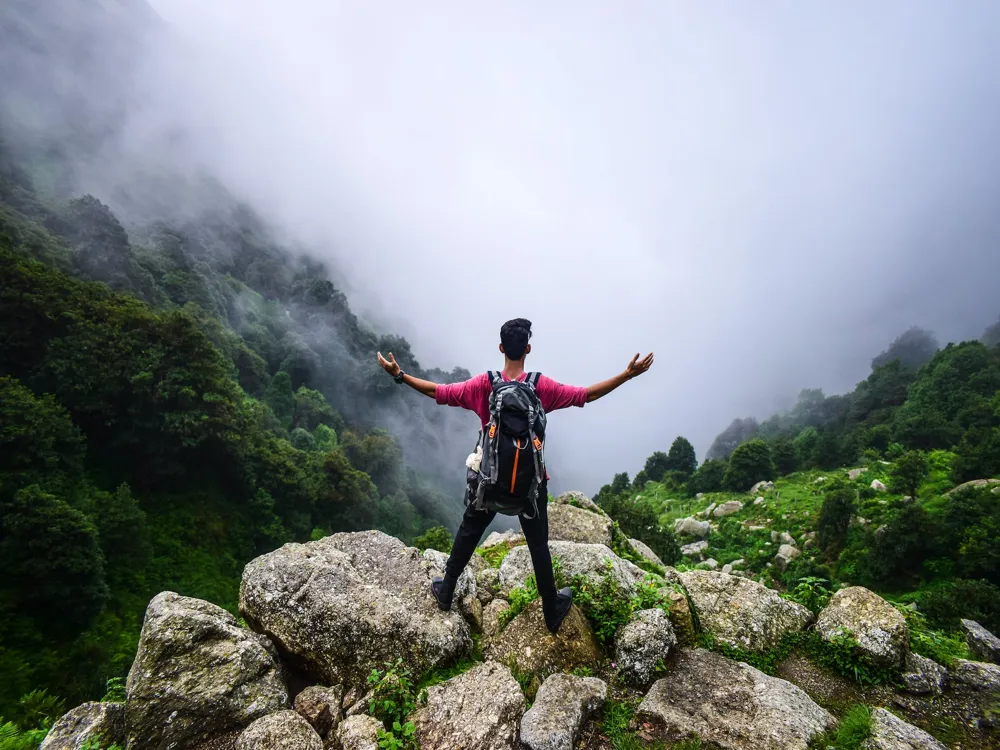The Deo Tibba Trek, nestled in the enchanting valley of Manali in Himachal Pradesh, is a mesmerizing journey that captures the essence of the Himalayas. This trek is not just a pathway through the mountains; it's a journey into the heart of nature's splendor, offering an intimate encounter with the raw beauty of the Himalayan landscape. The trek is named after Deo Tibba, a majestic peak that stands at an elevation of approximately 6001 meters, often referred to as the'meeting place of the gods' in local lore. The journey commences in the lush green meadows of Manali, gradually ascending through dense forests of deodar and pine. These woods are not merely clusters of trees; they are ancient sentinels of the valley, holding stories and secrets of the land. As trekkers ascend, they are greeted by the stunning sight of alpine pastures, interspersed with small streams, creating a mosaic of natural beauty. The trek then winds its way through quaint villages, where the architecture is a blend of indigenous styles and influences from various eras of history. The villages serve as windows into the local culture, offering insights into the lives of the mountain communities. The trail continues to ascend, revealing breathtaking vistas of snow-clad peaks, including the Deo Tibba and Indrasan. The higher reaches of the trek skirt around the Jagatsukh glacier, a magnificent river of ice that forms the source of the Jagatsukh river. The terrain here is a dramatic contrast to the lower reaches, marked by moraines, scree slopes, and the stark beauty of high-altitude desolation. This part of the trek is a test of endurance and offers an unparalleled sense of accomplishment. The climax of the Deo Tibba Trek is the Deo Tibba Base Camp, situated at an altitude of around 4480 meters. This vantage point offers panoramic views of the surrounding peaks and valleys, a reward that is truly worth the effort. The base camp is not just a physical location; it's a spiritual experience, where one feels a deep connection with the elements and a sense of transcendence. The descent from the base camp retraces the path, but the journey back is transformed by the memories and experiences gained. The Deo Tibba Trek is more than just a trek; it's a pilgrimage into the heart of the Himalayas, a journey that stays with the traveler long after it has concluded. The Deo Tibba Trek is not just a trail; it's a tapestry of natural and man-made architecture that harmonizes to create a unique experience. The architecture here is not confined to buildings; it encompasses the layout of the trail, the design of the campsites, and the traditional structures encountered along the way. The trail itself is a marvel of natural architecture. Carved by centuries of footfall, weather, and the flow of glacial streams, it winds through diverse terrains. Each section of the trail presents a different aspect of the Himalayan landscape, from dense forests to open meadows, rugged moraines to serene river banks. The design of the trail is a testament to the balance between accessibility and preserving the natural environment. The campsites along the Deo Tibba Trek are examples of functional architecture, designed to provide shelter and comfort in a challenging environment. These sites are strategically located to offer the best views and accessibility to water sources. The layout is typically minimalist, with tents and communal areas arranged to minimize environmental impact. The use of local materials in the construction of these campsites reflects a deep understanding of sustainability and ecological balance. The traditional architecture of the villages on the trek is a blend of practicality and aesthetics. The houses are typically made of stone and wood, materials that are abundantly available in the region. The design reflects the need to withstand the harsh mountain weather, with sloping roofs and thick walls. The intricate woodwork and carvings on the houses are a testament to the artistic skills of the local craftsmen, blending functionality with beauty. The religious structures along the trek, such as small temples and shrines, are integral parts of the architectural landscape. These structures, often situated in picturesque locations, are built using local styles and techniques. They are not just places of worship; they are symbols of the deep spiritual connection the people share with the land. The architecture of the Deo Tibba Trek is a harmonious blend of nature and human ingenuity, a landscape that tells the story of a culture deeply intertwined with its environment. Ensure you are physically fit for high-altitude trekking. Engage in cardio exercises and altitude acclimatization before the trek. Pack essentials like warm clothing, trekking boots, and first aid. Plan your travel to Manali, the starting point of the trek. Book accommodation in advance and choose a reliable trekking agency for a guided experience. Always trek with a guide or in a group. Carry a map, compass, and GPS device for navigation. Stay informed about weather conditions and follow safety protocols. Respect local customs and the natural environment. Avoid littering and carry back all non-biodegradable waste. Use eco-friendly products and minimize your carbon footprint. Stay hydrated and consume energy-rich foods. Be aware of altitude sickness symptoms and carry necessary medications. Rest adequately and maintain a slow, steady pace. The Deo Tibba Trek is accessible from Manali, a popular tourist destination in Himachal Pradesh. To reach Manali, one can opt for air travel to the nearest airport at Bhuntar, followed by a taxi or bus ride to Manali. Alternatively, there are regular bus services from major cities like Delhi and Chandigarh to Manali. Once in Manali, the trekking journey begins from Jagatsukh village, which is easily reachable by local transport. It's advisable to plan your travel itinerary in advance and consider the seasonal variations in transport availability. Read moreOverview of Deo Tibba Trek, Manali
Architecture of Deo Tibba Trek
Tips When Visiting Deo Tibba Trek
Preparation and Fitness
Travel and Accommodation
Safety and Navigation
Environmental Responsibility
Health and Hydration
How To Reach Deo Tibba Trek
Manali Tourism
Best Time to Visit Manali
How to Reach Manali
Things To Do Manali
Deo Tibba Trek
Manali
Himachal Pradesh
₹ 5,000 onwards
View manali Packages
Weather :
Tags : Trekking & Hiking
Time Required : 6 days
Planning a Trip? Ask Your Question
Also Refered As:
Deo Tibba Base Camp Trek
Manali Travel Packages
View All Packages For Manali
Top Hotel Collections for Manali

Private Pool

Luxury Hotels

5-Star Hotels

Pet Friendly
Top Hotels Near Manali
Other Top Ranking Places In Manali
View All Places To Visit In manali
View manali Packages
Weather :
Tags : Trekking & Hiking
Time Required : 6 days
Planning a Trip? Ask Your Question
Also Refered As:
Deo Tibba Base Camp Trek
Manali Travel Packages
View All Packages For Manali
Top Hotel Collections for Manali

Private Pool

Luxury Hotels

5-Star Hotels

Pet Friendly







